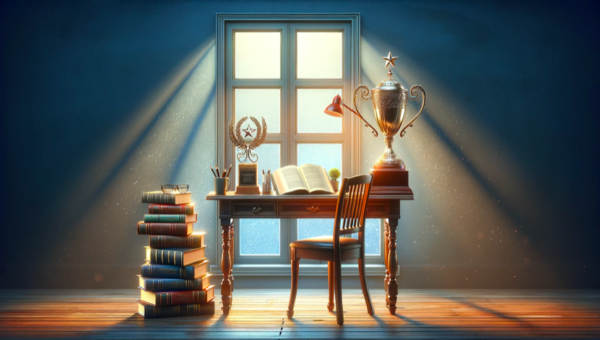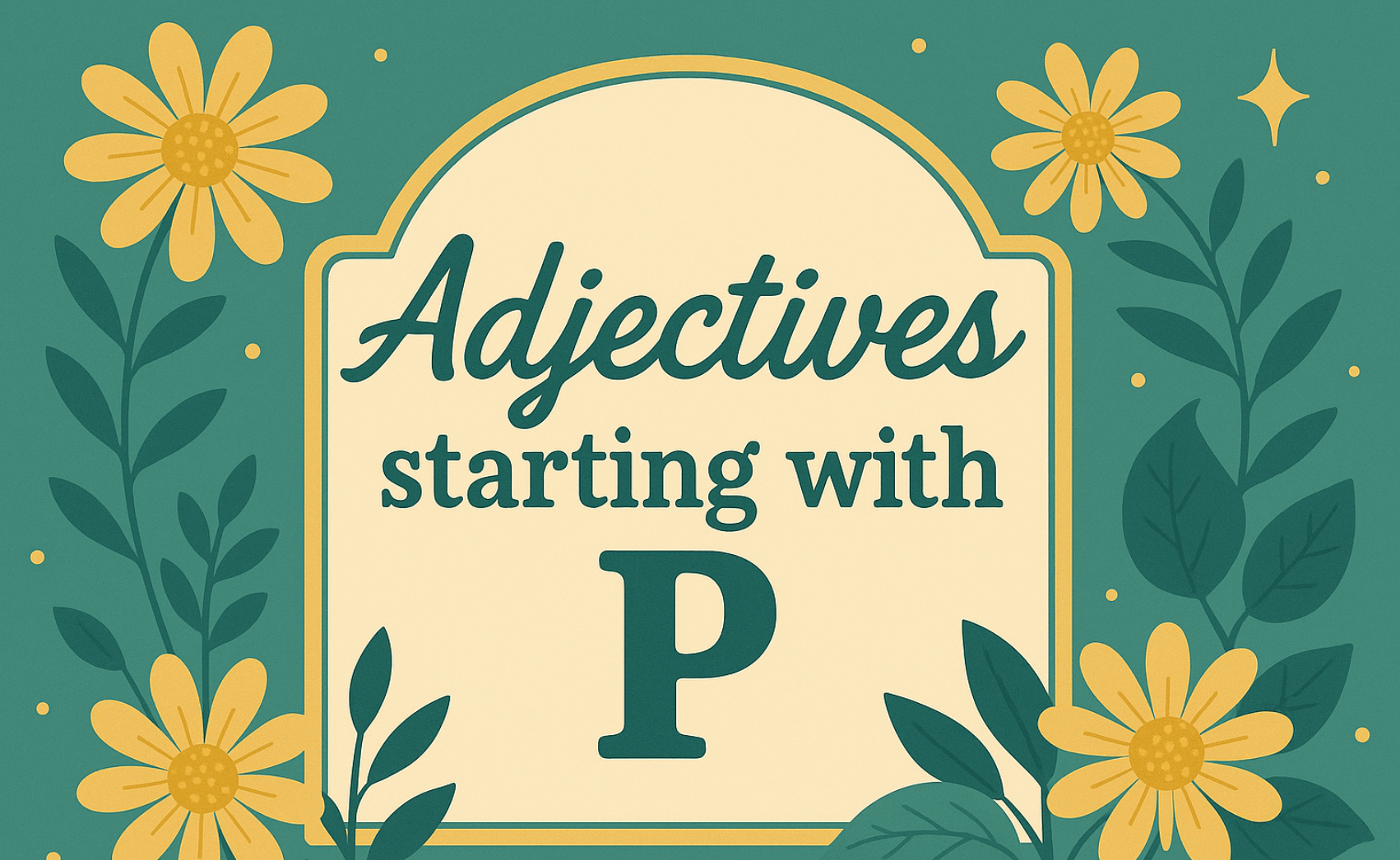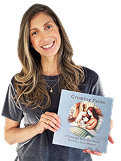Every good story needs conflict, whether it’s a character grappling with their own mind or battling an evil overlord; the struggle is what keeps us hooked. But here’s the thing: not all conflicts are created equal. Some happen inside the character’s head (the internal conflict), and others come from the outside world (the external conflict). Understanding the difference between the two is essential for crafting dynamic characters and compelling plots.
In this blog, we’ll break down the internal vs external conflict debate, explain what each one really means, and show you how both can make your stories not just more engaging, but unforgettable. So grab your popcorn, because we’re diving into the drama that drives every great narrative!
What is Internal vs External Conflict?
In short: internal conflict is the battle within a character’s mind, while external conflict comes from forces outside of them—other characters, society, nature, or events. Both push the character toward growth, but in different ways. Internal conflict forces introspection and personal change, while external conflict drives action and challenges. Both are necessary for a well-rounded, engaging story.
Internal Conflict Definition: The Battle Within
Ah, internal conflict—where the real drama happens. It’s not about evil villains or high-speed chases; it’s about the messy, complicated stuff happening inside a character’s mind. Picture it: your character is wrestling with their own emotions, desires, or moral dilemmas. One moment, they want to save the world, and the next, they’re doubting their ability to do so. It’s the classic man vs. self showdown.
But why does internal conflict matter? Simple: it makes characters human. We’ve all faced those moments when we’re torn between doing what’s right and what feels easier, or struggling to choose between following our heart or our head. When done right, internal conflict lets readers or viewers connect with the character on a deeper level, making their triumphs feel earned and their failures relatable.
Examples? Oh, we’ve got them. Think of Hamlet’s indecisiveness, or Harry Potter’s struggle with the darkness inside him. These characters aren’t just fighting external forces—they’re battling with themselves. And that’s where the real story lies.
Your Publishing Journey Awaits – Start NowExternal Conflict Definition: The World Against Them
Now, let’s talk about the kind of conflict that’s a little more… out there. External conflict is the world piling on obstacles, challenges, and bad guys—pretty much everything outside a character’s head. It’s the man vs. man, man vs. nature, or man vs. society kind of conflict. This is the kind of struggle where the character’s enemies aren’t just internal; they’re real-world forces that want to take them down.
Whether it’s a hero facing off against a villain, a team trying to survive a natural disaster, or a character fighting an oppressive society, external conflict creates the tension that keeps readers on the edge of their seats. Think about Katniss Everdeen battling the Capitol in The Hunger Games, or Frodo Baggins trying to destroy the One Ring while dodging orcs. These external battles keep the plot moving forward and drive characters to take action.
But here’s the kicker—external conflict alone can feel one-dimensional. It’s the internal struggle that gives the external conflict its emotional punch. When a character faces an outside threat while also wrestling with their inner demons, that’s when things get really interesting. And let’s be honest, a good external conflict makes for some epic fight scenes. Who doesn’t love a good showdown?
The Clash of Titans: Key Differences Between Internal and External Conflict
Now that we’ve got the lowdown on both types of conflict, let’s break it down and compare. It’s like the ultimate face-off: Internal Conflict vs External Conflict—who’s the true hero of your story?
| Aspect | Internal Conflict | External Conflict |
| What It Is | A struggle within the character’s mind, emotions, or values. | A battle with external forces like other people, nature, or society. |
| Source | Comes from the character’s own thoughts, fears, or desires. | Arises from outside the character—usually antagonists, events, or circumstances. |
| Impact on Character | Focuses on personal growth, moral dilemmas, and emotional development. | Tests the character’s strength, courage, and survival instincts. |
| Examples | Hamlet’s indecision, a character’s fear of failure. | Harry Potter fighting Voldemort, Katniss facing the Capitol. |
| Purpose in Story | Drives character development and self-discovery. | Propels the plot and forces characters to take action. |
So, while internal conflict tends to stir the emotional pot and external conflict keeps the story moving, both are essential for a well-rounded narrative. The trick is in knowing how to balance them—like mixing the perfect amount of salt and pepper. Too much of one, and you might lose depth; too much of the other, and the plot might feel flat. It’s the harmony between the two that makes a story truly great.
Think of it this way: internal conflict is the fuel that powers a character’s choices, while external conflict is the obstacle they have to face once they make those choices. Together, they create a narrative that’s rich, compelling, and impossible to put down.
Conflict Combo: How Internal and External Struggles Work Together
Alright, here’s where things get exciting: what happens when internal and external conflict collide? The result? A dynamic, multi-layered story that packs an emotional punch while keeping readers on the edge of their seats.
When both types of conflict are at play, the stakes are higher. The character isn’t just fighting off a villain, surviving a disaster, or conquering the elements—they’re doing it while battling with their own fears, doubts, or desires. It’s the kind of tension that makes you shout, “Come on, just make the right choice already!”
Take The Great Gatsby, for example. Gatsby is dealing with all sorts of external conflict—his love for Daisy, the social class divide, and the disillusionment of the American Dream. But at the same time, he’s fighting an internal battle over his past, his sense of self-worth, and his desperate hope for a future that can never be. That internal struggle makes the external conflicts hit harder, and it’s part of what makes Gatsby such a tragic character.
Similarly, in Star Wars, Luke Skywalker faces external conflict in the form of the Empire, but the real drama lies in his internal struggle: does he follow in his father’s footsteps, or choose a different path? His journey is defined by both, and the tension between his internal desires and the external forces acting on him shapes the entire narrative.
So, when writing your own stories, don’t just think of internal and external conflict as separate entities. They should dance together, creating layers of meaning and tension that make your characters’ journeys feel earned, relatable, and emotionally resonant. After all, when a character faces the world while wrestling with their own inner demons, the drama becomes unforgettable.

How to Use Internal vs External Conflict in Your Writing: A Guide for the Brave
Now that we’ve unpacked the what and why of internal and external conflict, let’s dive into how you can wield both of these storytelling powerhouses in your own writing. Ready to make your readers sweat with anticipation? Let’s go!
Start with Your Character’s Core Dilemma
Whether it’s internal or external conflict, start by defining what your character wants and what they need. Do they want to be the hero, but secretly doubt they have what it takes (hello, internal conflict)? Or are they up against an oppressive system that’s trying to crush their spirit (external conflict)? By understanding what drives your character, you’ll know which conflict types will fuel their journey.
Create a Balance Between Both Conflicts
Don’t just throw a villain at your character and call it a day. Sure, external conflict (the action-packed stuff) is crucial, but don’t forget about that emotional, psychological battle within. Mix them up! Let the external conflict force the character into decisions that fuel their internal conflict. For example, a character might have to make a tough moral choice in the heat of battle—this is where internal and external conflicts meet head-on.
Use Internal Conflict to Amplify the Stakes
Sometimes, the external conflict alone isn’t enough to get your readers hooked. Enter internal conflict. If your character is torn between doing what’s right and what’s easy, or struggles with feelings of inadequacy, it adds another layer of complexity to their actions. The more the internal conflict intensifies, the more emotionally invested your audience will become in how your character handles (or crumbles under) the pressure. It makes their victory (or defeat) much more rewarding.
Add External Conflict as a Catalyst for Internal Growth
Let the external forces act as a mirror to the character’s internal struggles. The challenges your character faces in the outside world should force them to confront their fears, insecurities, or deeply held beliefs. Think of it as the world pushing your character to grow. External conflict might kickstart a character’s self-reflection, sparking the internal struggle that will eventually lead to transformation. It’s like throwing your character into the deep end—how they navigate the world around them will reveal their true inner self.
Don’t Forget the Resolution
The ultimate goal is for your character to grow and change. The resolution of both the internal and external conflicts should coincide in a way that feels satisfying. The external conflict might be resolved by an epic battle or climactic confrontation, but the internal conflict needs to be dealt with too. Maybe your character comes to terms with their flaws or finds peace with the decisions they’ve made. Both conflicts should conclude in a way that shows how far your character has come.
By strategically combining internal and external conflict, you’ll create a rich, multi-dimensional narrative that resonates long after the last page is turned. It’s all about balance—let the external world challenge your character, while their inner turmoil drives the heart of the story. When you get it right, the result will be a conflict-rich masterpiece that leaves readers begging for more.
Wrapping Up the Conflict: Why It All Matters
So, now that you’ve got a solid understanding of internal vs. external conflict, why does it matter? Well, to put it simply: without conflict, you don’t have a story. Conflict is the engine that powers your narrative, and knowing how to balance internal and external struggles gives your story depth, emotion, and drive.
By weaving both types of conflict together, you not only create more compelling characters but also craft a plot that feels full of tension and purpose. Whether it’s your hero battling their own fears or taking down an evil overlord, the real magic happens when both conflicts are in play. And that’s where the heart of storytelling lies—balancing the action with the introspection, the fight for survival with the journey for self-discovery.
Next time you sit down to write, ask yourself: What is my character struggling with inside? What’s the outside force pushing them? How do these two conflicts shape their choices, growth, and ultimate victory or failure? If you can answer these questions, you’ll be well on your way to crafting a story that’s as engaging as it is memorable.
So, get out there and write the drama! Your readers will thank you for it.
FAQs – Internal vs External Conflict
Q: What are examples of external vs internal?
External conflicts often involve battles with other characters or forces outside the protagonist, like a hero fighting a villain or surviving a natural disaster. Internal conflicts, on the other hand, include struggles within the character’s mind, such as a character dealing with guilt, self-doubt, or conflicting desires. For example, in The Lion King, Simba faces an external conflict against Scar (the villain), while simultaneously dealing with internal conflict regarding his responsibility and guilt over his father’s death.
Q: What is the difference between internal and external influences?
Internal influences come from within the character, such as emotions, personal beliefs, and values. These influences shape how the character thinks and behaves. External influences are outside forces—other people, societal expectations, and environmental factors, that pressure or impact the character’s actions. For example, a character’s fear of failure (internal influence) might be intensified by external pressure from a mentor or the public (external influence).
Q: What is the man vs man conflict?
Man vs man conflict is a type of external conflict where one character faces opposition from another character. This is often the classic “hero vs villain” scenario, where the protagonist is actively engaged in a struggle against an antagonist. For example, in Harry Potter and the Sorcerer’s Stone, Harry’s conflict with Voldemort exemplifies man vs man, as they are in direct opposition to one another.
Q: What causes inner conflict?
Inner conflict is caused by a clash of emotions, desires, or moral dilemmas within a character. These internal struggles might arise when a character must make a difficult choice or reconcile competing values. For instance, a character might struggle with deciding whether to follow their dreams or stay to take care of a loved one, leading to an emotional battle within themselves.
Q: What is an example of an internal and external conflict?
A character might face both internal and external conflicts at the same time. For example, in The Great Gatsby, Gatsby’s external conflict is with Tom Buchanan, Daisy’s husband, whom he views as an obstacle to his love for Daisy. At the same time, Gatsby’s internal conflict revolves around his obsession with recreating an idealized past, which ultimately leads to his downfall. This dual conflict intensifies his struggle and makes the story more compelling.
Q: Is character vs society internal or external?
Character vs society is an external conflict. It occurs when a character faces opposition from societal norms, laws, or the collective values of a community. An example of this is 1984 by George Orwell, where Winston Smith faces the oppressive regime of the Party, which controls and suppresses individual freedoms.
Q: What are the four main types of conflict?
The four main types of conflict in storytelling are:
- Man vs man (external conflict between characters)
- Man vs nature (external conflict with the environment)
- Man vs society (external conflict with societal norms or laws)
- Man vs self (internal conflict within a character’s mind)
These are the core categories used to classify conflict, and they help drive character development and plot progression in stories.






